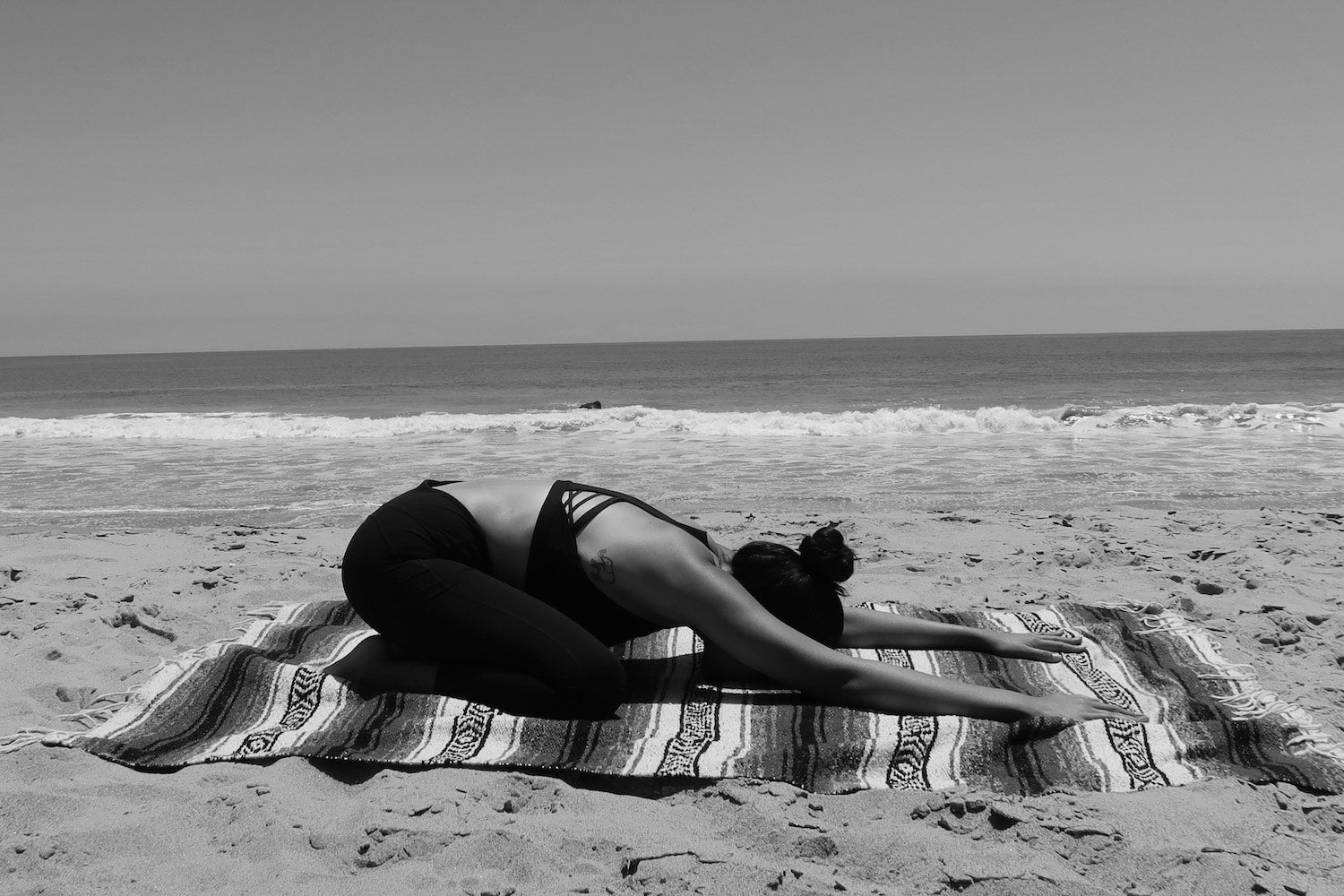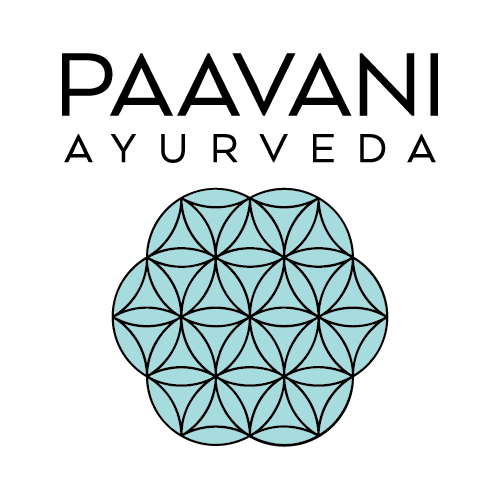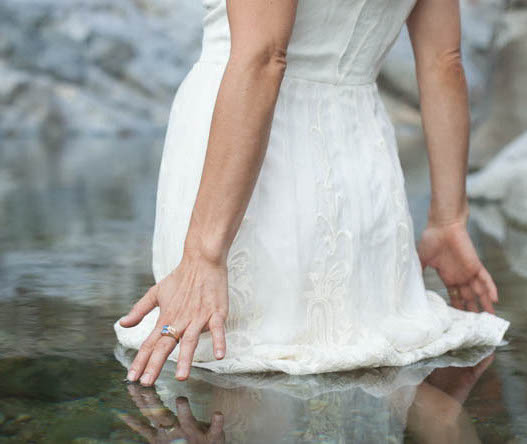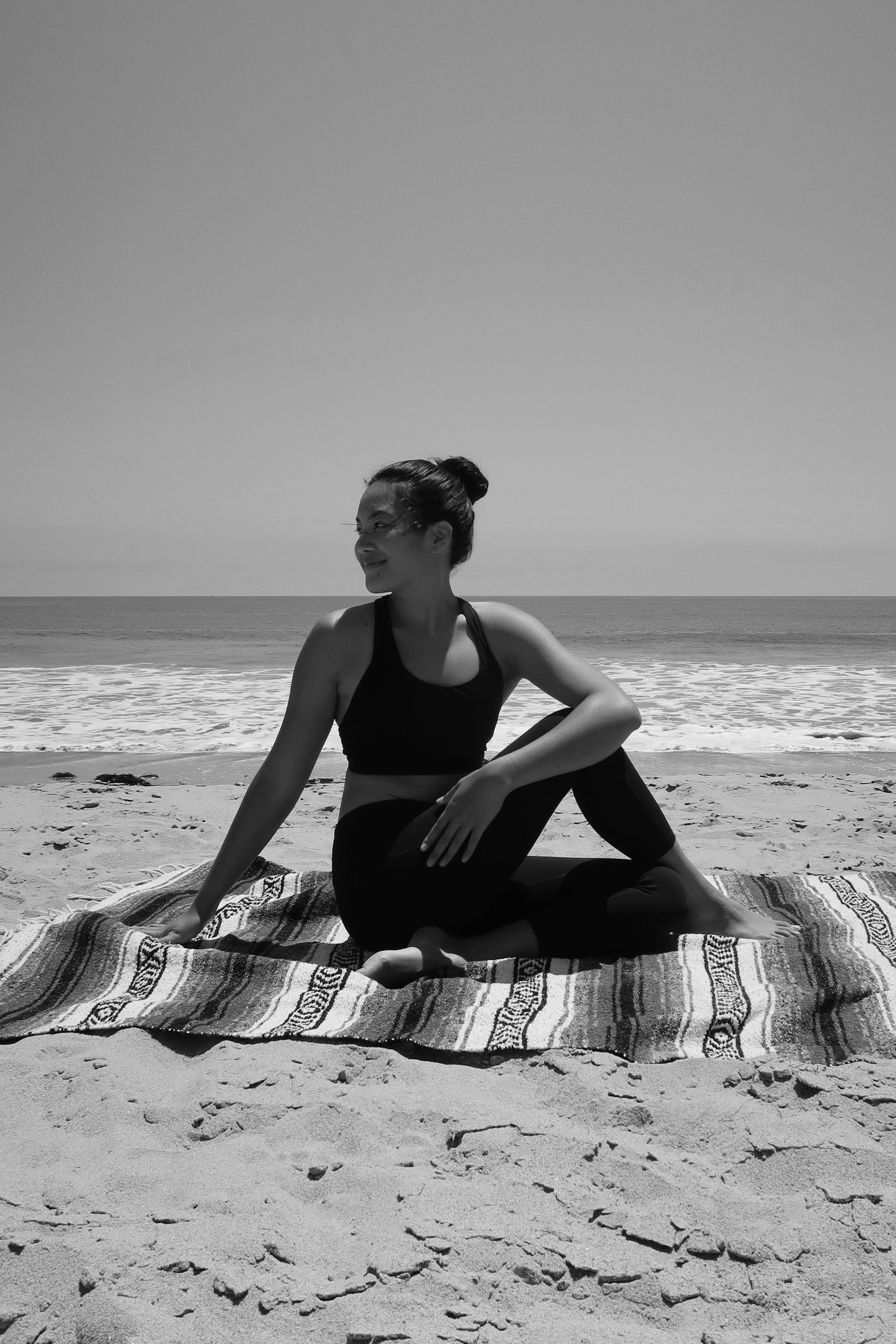
Balasana: An Ayurvedic Guide to Child's Pose

Balasana, commonly referred to as Child’s Pose, is a simple yet transformative yoga posture. This pose offers an opportunity to draw the senses inward, connect with the earth and allow the body to surrender into a comfortable position. Due to this, balasana is often sequenced in a yoga class to warm up, warm down or to give yoga practitioners an opportunity to rest in between more physically demanding postures or sequences. Some benefits of Balasana include: relieving stress, reducing fatigue, calming the nervous system, easing neck and back pain and providing a gentle stretch for the hips, ankles and thighs.
From the Ayurvedic perspective, this posture is best to calm both vata and pitta doshas; however, if you are predominantly kapha dosha, this posture also has benefits for you.
Vata- For people that are vata predominant or experiencing a vata imbalance, Child’s Pose is an excellent remedy to relieve vata type emotional imbalances such as anxiety, overwhelm and nervousness. For extra grounding energy in this posture, we suggest covering yourself with a heavy blanket by draping it across your back. To receive the maximum benefit, a Restorative Balasana variation is wonderful to reduce excess vata. Restorative Balasana involves the support of a bolster underneath the belly, neck and head. This variation allows the practitioner to stay in the pose for an extended period of time, allowing the nervous system to completely relax and renew.
Pitta- For people that are pitta predominant or experiencing a pitta imbalance, Balasana can allow the space they need to cool any heated emotions that may be coming up and allow the mind to settle into stillness. Additionally, the digestive organs have an opportunity to be gently massaged as the knees draw into the chest and the practitioner folds forward slightly.
Kapha- For people that are kapha predominant or experiencing excess kapha dosha, Child’s Pose can be practiced but we recommend that one stays in this position for a shorter period of time because Balasana has the potential to increase the heavy, stabilizing energy that kapha dosha already contains. Our recommendation is to pair Child’s Pose with an invigorating kapha balancing yoga session.
How to Do Balasana:
- Begin on your yoga mat, on your hands and knees, with your shoulders over your wrists and hips over your knees.
- Bring your knees slightly wider than hip distance apart and touch your big toes together behind you.
- Exhale and start to shift the hips back towards the ankles and allow the torso to rest between and on your thighs.
- Allow the arms to remain extended out towards the top of your mat, with your palms face down.
- The forehead should rest comfortably on the mat, with the entire spine, including the neck, lengthened.
- The eyes can close as you take several breaths in and out.
- As you breathe, take full body breaths into the back torso.
- Stay here for 5-10 rounds of breathing.
Precautions:
- It is best to learn any yoga posture, including Balasana, under the supervision of a live Yoga teacher. This way, the teacher can help correct alignment which will decrease the chances of you developing faulty or harmful habits in your Yoga practice.
- Please consult a physician before you begin any exercise practice, including Yoga.
Contraindications for Balasana:
- recent or chronic knee injury
- pregnant
- experiencing diarrhea





Leave a comment
This site is protected by hCaptcha and the hCaptcha Privacy Policy and Terms of Service apply.